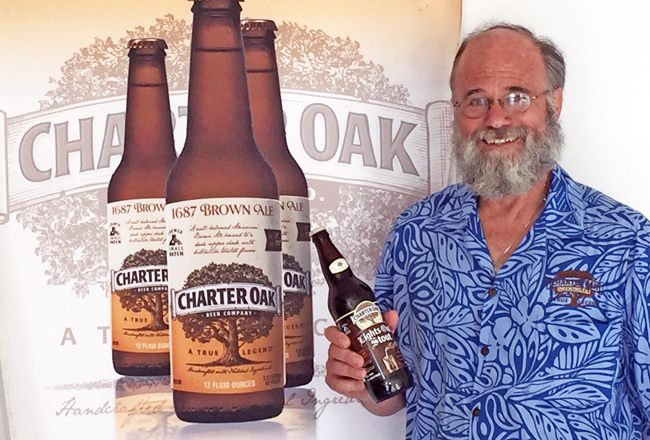Despite several setbacks, Westport resident Art Buckman is determined to get his town”™s decades-old trapping ban reversed ”“ or at least significantly revised.
“We”™ve been seeing coyote activity increasing in our neighborhood,” said Buckman, a director at Westport”™s Expense Reduction Analysts. “In February, a pet dog behind our house (on North Ridge Road) was killed, and less than a year ago someone else”™s dog was attacked on a street by a coyote. We called the police, but they said there was nothing they could do.”
As president of the street association, Buckman began looking into the processes necessary to reverse Westport”™s anti-trapping statute and ultimately presented a petition signed by 30 residents seeking an amendment to its hunting and trapping laws.
The amendment would allow residents to hire a nuisance wildlife control operator for the trapping and removal of coyotes from private property, and allow town officials to do the same on both private and public property, but only with the property owner”™s consent.
“A lot of people hear alarm bells when they think of trapping,” Buckman said, “but the facts are that trapping technology has come a long way.” His group is not looking to encourage trapping in a willy-nilly fashion, he said, “but for it to be one of the tools in the toolbox.”
Westport Selectman Helen Garten has been one of those hearing alarm bells, having gotten into politics when the town”™s Parks and Recreation Department was seeking to impose stricter regulations on dogs being walked on the beach.
“We recognize that there are problems when it”™s coyotes versus humans or versus domestic pets,” she said. “But trapping does not work.”
Instead, she said, the town has embarked on an educational push, distributing information to veterinarians and on Westport”™s website that detail how to “haze” coyotes to get them to leave the area. Making loud noises, standing one”™s ground and making sure that food ”“ both for one”™s family and one”™s pets ”“ isn”™t left out will generally discourage long coyote stays, she said.
The Humane Society of the United States has also taken an interest in the Westport situation. “We”™re against trapping for a number of reasons,” said the organization”™s Connecticut Senior State Director Annie Hornish. “Not only for the inhumane aspect of them ”“ we”™ve all seen reports of animals chewing off their own legs to escape even the most ”˜humane”™ leg traps ”“ but also for the possibility that you might trap one of a pack”™s alphas. When that happens, the others start to mate, and you end up with even more coyotes. Trapping just doesn”™t work.”
Hornish also noted that setting traps for coyotes does not necessarily mean a coyote will end up in the trap. “Raccoons, foxes ”¦ even people”™s dogs and cats, and unfortunately children, can be the victims,” she said.
According to the HSUS website, “Coyote attacks on people are very rare. More people are killed by errant golf balls and flying champagne corks each year than are bitten by coyotes.”
In a representative town meeting (RTM) on the petition, the Public Protection Committee, the Environment Committee and the Parks and Recreation Committee voted against it.
Nevertheless, Buckman said, he”™s pressing on with the issue and plans to present it at a full RTM committee hearing in September.
“There”™s a lot of misinformation out there,” he said. “We”™re not saying, ”˜If you see a coyote, all of a sudden you should start trapping.”™”
He was also insistent that he wasn”™t looking to encourage hunting coyotes for sport; according to one report published last year, a coyote pelt could sell for nearly $100.
“These animals are not afraid of people,” Buckman said, “and trapping is one way of resolving the problem.”
“It”™s up to the RTM,” Garten said. “My personal view is that I hope they don”™t take any action.”






















